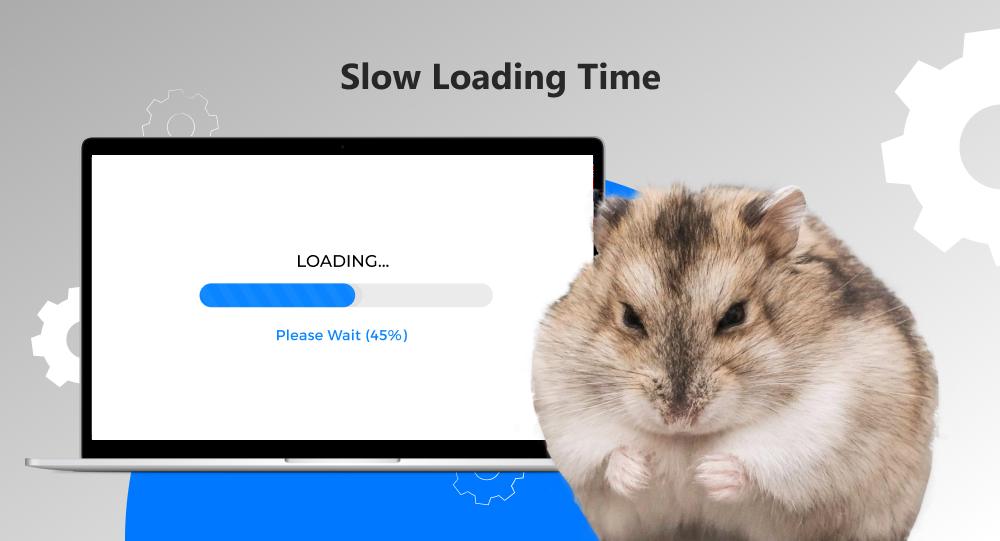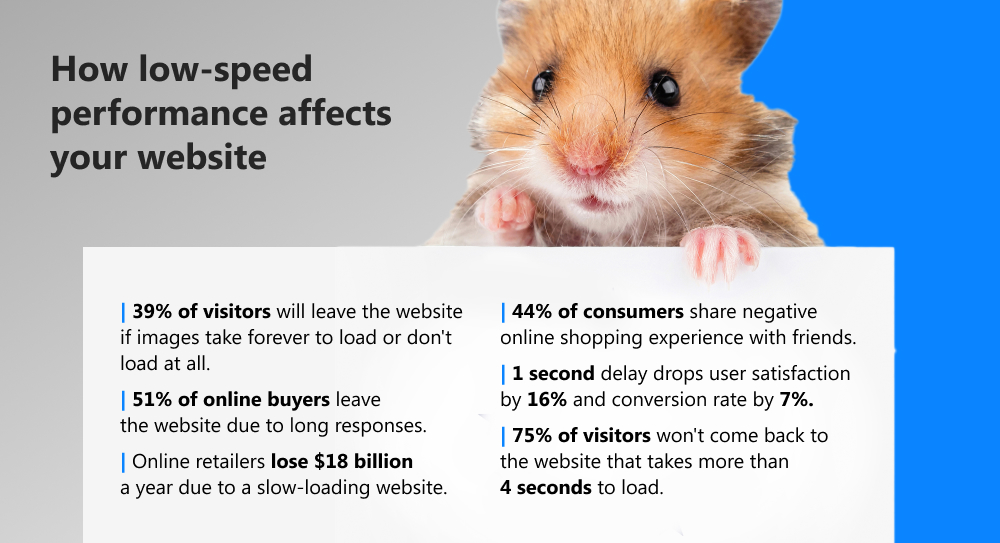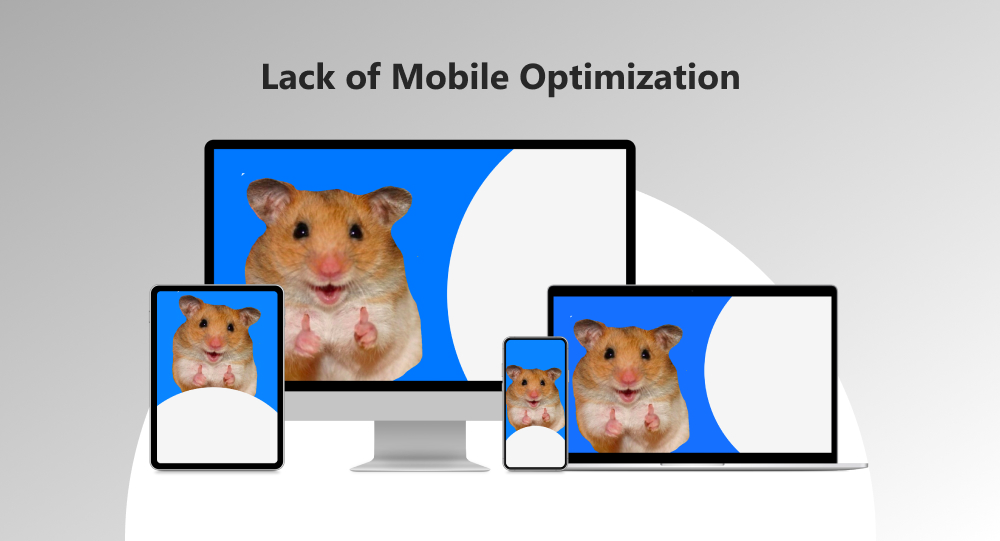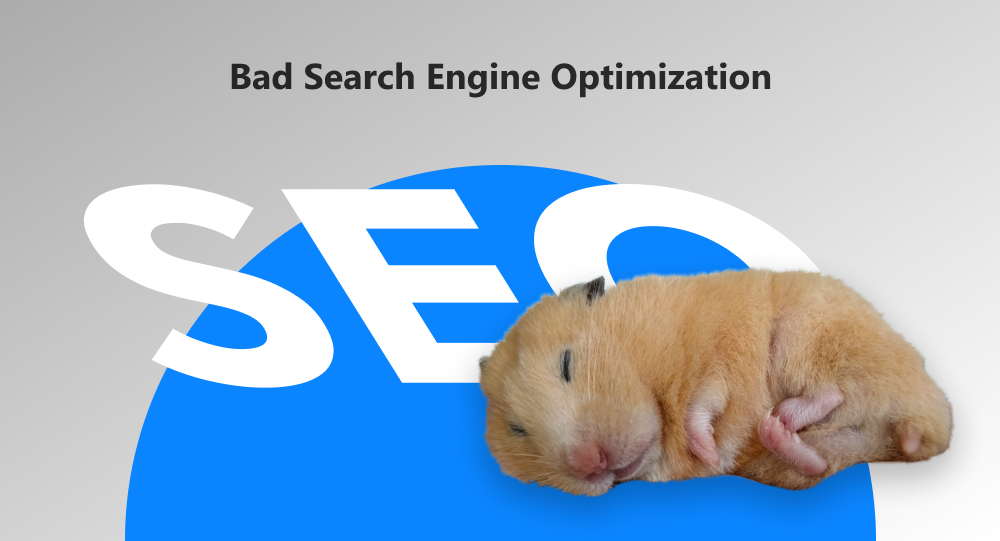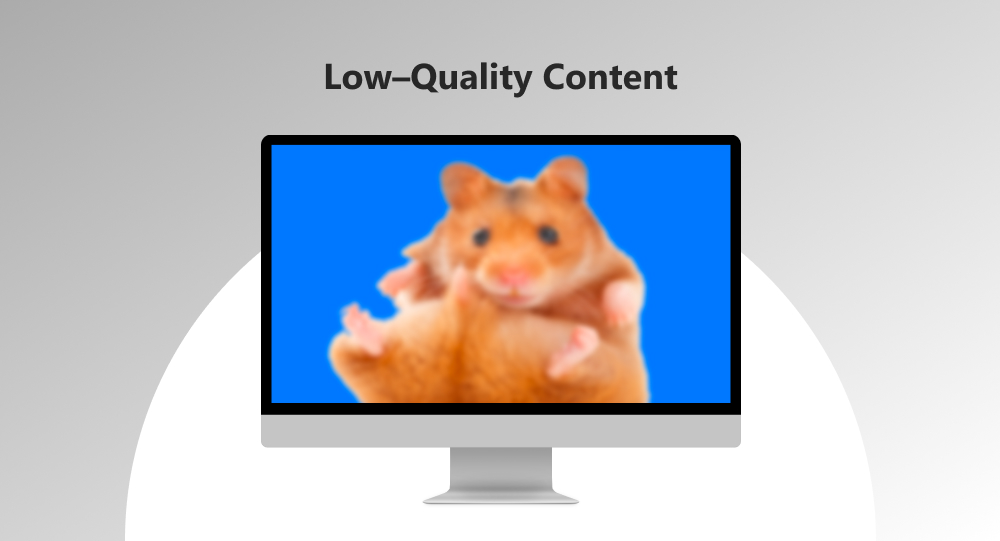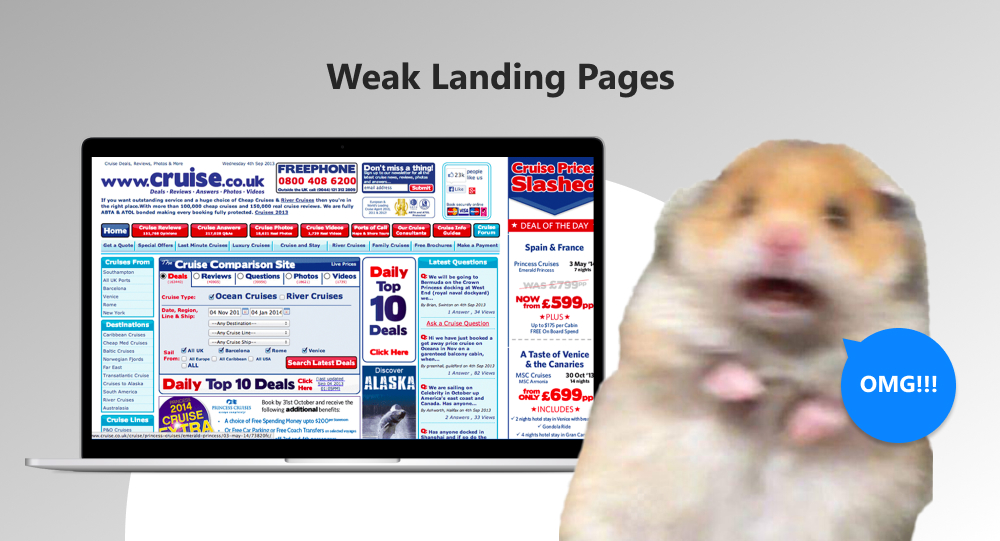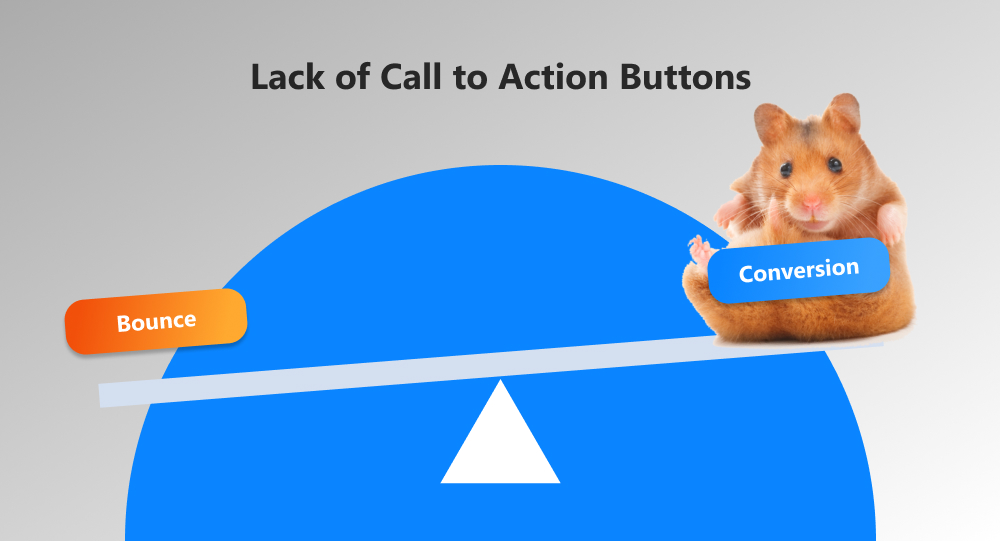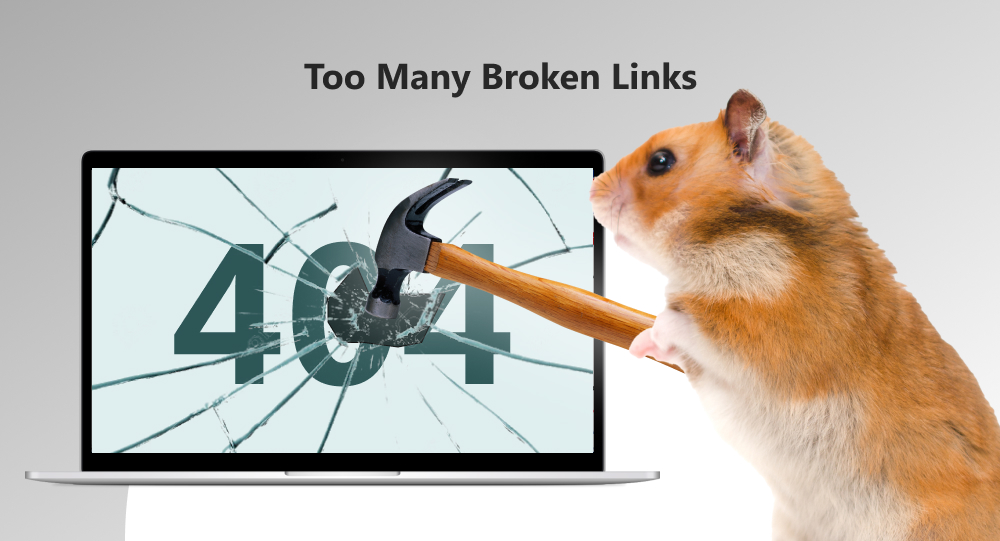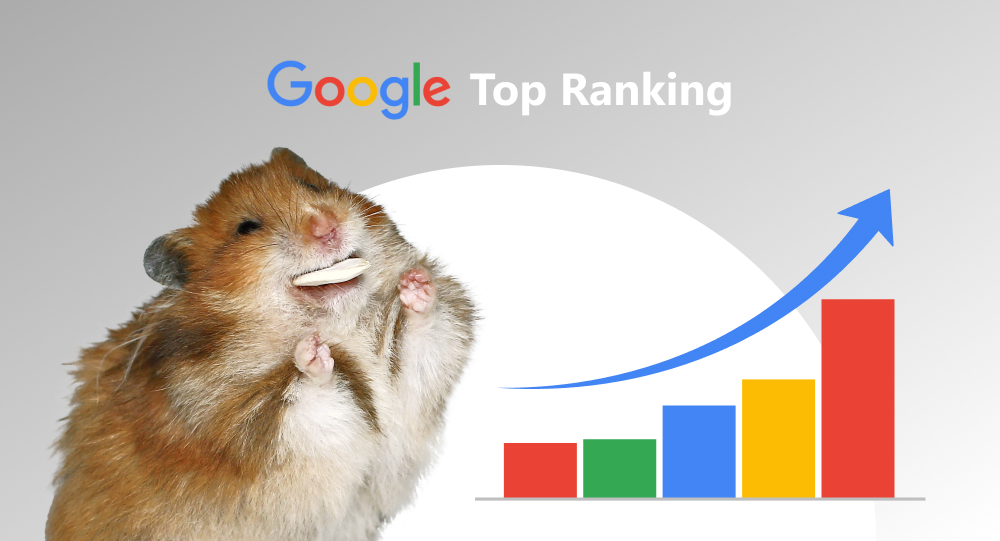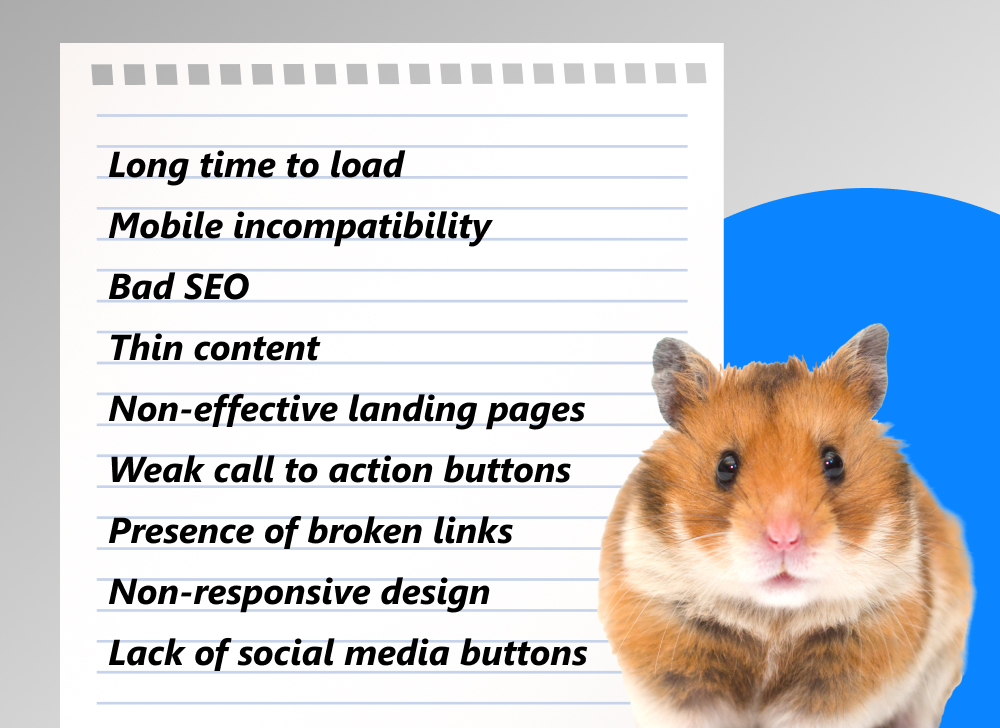It's impossible to imagine today's company without an online presence. The World Wide Web spurs development of any business, which is why every organization should have a corporate website. But it's not enough just to run it, your resource should gain the confidence of the audience and search engines. How to stand out of almost 2 billion websites that fight for their place in the sun? Avoiding the biggest website problems will help you rank among the first.
written by:
Nadezhda Mal
It's impossible to imagine today's company without an online presence. The World Wide Web spurs development of any business, which is why every organization should have a corporate website. But it's not enough just to run it, your resource should gain the confidence of the audience and search engines. How to stand out of almost 2 billion websites that fight for their place in the sun? Avoiding the biggest website problems will help you rank among the first.
Contents
Top 9 Most Common Website Issues and Their Solutions
You have invested a lot of time and money in designing and launching your website, but there are too low conversion rates and no leads? Keep on reading this article to find what's the matter. It describes the most frequent site issues and offers ways to address them. Let's go!
Slow Loading Time
This is one of the most severe problems that adversely affect the performance of any website. If the average page loading time exceeds 3 seconds, the bounce rate may increase. When there are too high bounce rates, search engines consider that visitors find the website useless. This, in turn, has a direct negative impact on the ranking.
The search engine will not rank your website high. For example, sometimes Google may even impose a penalty on your website if there are any signs of poor user experience, including slow page load speed. You can use various speed measuring tools (e.g., Page Speed Insights or Test My Site) to make sure that the search engine will think your website is pretty fast and give it a higher position.
The web page load time not only affects how users interact with the content. It also has a significant impact on the shopping carts and conversion rates. People hate waiting. If the website is running slowly, they will immediately leave it and go shopping on another, faster platform.
For example, when AliExpress reduced the page load time by 36%, the number of orders jumped by 10.5%, while the conversion rates grew by 27%.
In addition, you should remember that page speed is important for smartphone and tablet users. They visit websites when they are on the go or on a trip and want to get the required information as quickly as possible. The share of smartphone and tablet users in the main traffic flow is growing. Mobile devices accounted for 50.8% of global web traffic in Q3, 2020, according to Statista. If you want to improve the mobile user experience, your website must load faster than ever.
How to solve this problem?
As mentioned above, you can use speed testing tools that will help you understand why your website is experiencing speed issues. There might be too large images, too many plugins, a great number of HTTP requests, and others. The following measures can help you improve the website load time:
- reduce the size of the HTML code;
- optimize images;
- use web-adapted formats (e.g., WebP and JPEG-XR);
- deactivate unnecessary plugins;
- configure client caching;
- use a Content Delivery Network (CDN).
Lack of Mobile Optimization
Well, since we've mentioned mobile users, let's speak about another common problem — poor mobile optimization. Your website should not only load quickly but also be mobile-friendly. This is no longer just an expectation of the mobile users themselves. This is an explicit requirement of the search engine. At least, Google considers mobile optimization as a ranking factor. As far back as 2015 it clearly stated that it would inflict penalties on websites not optimized for mobile content.
It is also essential to note that today the search engine primarily indexes the mobile version of the website. Based on this information, it determines the position of the web resource in the search results. As you can see, modern websites must be mobile–friendly to have high conversion rates and ranks. You can offer unique goods and services but a mobile user won't have a chance to look at them because he will immediately leave the inconvenient website. Google revealed that 40% of visitors prefer a competitor's website if it has a good mobile version, while the owner of the non–tailored platform will fall short.
How to solve this problem?
The answer is simple — optimize your website for mobile devices. This will allow you to attract new visitors and potential customers. To make your website mobile-friendly, you can use the following methods:
- Elastic layout that allows you to place the elements of the current desktop version of your website in blocks. Depending on the screen resolution, the blocks can be stretched and shrunk, or be lower or higher on the screen. Thus, the website functionality will be fully transferred to a mobile device.
- Adaptive layout that allows you to draw designs for different screen resolutions and device models. Compared to the elastic layout, it gives more options for the website customizing to improve user experience on the mobile device and further A/B testing of the functionality of the mobile version.
- AMP (Accelerated Mobile Page) technology allows you to accelerate the website load time on mobile devices. Since this framework was developed by Google, you can expect that this search engine will rank your website high.
Bad Search Engine Optimization
Optimizing your website for search engines can considerably increase sales and attract new customers as 53% of web traffic is organic. The higher the position of your website on the search results page, the more people will visit it. Without SEO promotion, even the highest quality website will be useless. If the search engines don't see the content, its existence is meaningless.
The HubSpot research shows that 75% of visitors will never go beyond the first page of search results. Instead, they choose a top 10 website that meets their request. Therefore, if your website doesn't satisfy the SEO requirements, it will lose a huge volume of traffic.
Potential customers don't respond to traditional advertising methods anymore. BlogStar.co.uk revealed that print ads and direct mail are responsible for a 1.7% increase in sales, while SEO demonstrates an amazing 14.6%. That's why it's vital for your business to create and follow an effective SEO strategy to hold high rankings and conquer customer loyalty.
How to solve this problem?
Explore available SEO tools, choose the most appropriate ones, and gradually implement them.
Low–Quality Content
Poor content is one of the most common website problems. Articles, infographics, videos, and other data published on your website should be interesting and useful for visitors. 38% of users leave the resource if the materials or design are unattractive. The content is aimed at answering all users' questions and provide comprehensive information. If your platform fulfills these conditions, it will be ranked high and visible for potential customers.
Look at the signs of bad content:
- Outdated content that is no longer relevant to your activities or consistent with reality;
- Non-unique content that is fully or partially copied from other websites and resources. Use special software to check and make sure that your content is unique;
- Low–quality images and articles that have no value for visitors; or
- Poorly optimized or over–optimized content that is oversaturated with keywords or has nothing in common with SEO.
How to solve this problem?
Our advice is simple — publish high-quality and useful content on your website to avoid poor user experience, improve your rank, increase conversion rates, attract more customers, as well as make your platform visible and recognizable.
Weak Landing Pages
Landing pages are one of the key elements of any website. Their goal is to promote your website and encourage users to take certain steps. For example, you want your customers to subscribe to your services, register a personal account, order any goods, and so on. If the landing page contains a lot of irrelevant information, the bounce rate will grow since users won't be able to find what they need on the website. Besides, search engines won't let you promote your resource because of misrepresentation. Your landing pages should be optimized for both SEO and the needs of your target audience.
How to solve this problem?
Use Google Analytics to find a troubled landing page. Then take the following steps to improve it:
- Bear in mind your target audience when defining the general concept and selecting images. Failure to meet the demands of your customers can hurt the conversion rates of your landing page.
- Take into account the websites of your competitors. If you explore them, you will be able to see their advantages and disadvantages, as well as find ideas on how to distinguish your own resource.
- Make a clear website design. A user should immediately understand that he has got to the right place.
- Provide users with sufficient information. Your landing page should be informative, but not overloaded. Irrelevant content may result in low conversion rates as visitors seek to receive comprehensive information and not be lost in tons of data.
Lack of Call to Action Buttons
To charge visitors up to take any action, you need not only good content but also Call to Action buttons. Without these elements, customers won't understand what to do next on the page where they've landed. A Call to Action button will say users what to do, such as subscribing to a mailing list, downloading a file, registering for a discount or coupon, downloading a trial version of the software, and so on.
It will be useful if you additionally use triggers, including arrows or images that show a person what to do. If you don't tell your visitors about further steps or how to contact you, they will just close the tab and leave the website. Don't allow your potential customers to give money to your competitors.
How to solve this problem?
It's obvious — create effective and strong Call to Action buttons. Many companies simply put a "sign up" call to action button and believe it's enough to raise the conversion rates. They make a great mistake. You need a vigorous massage that convinces visitors to take action:
- tell someone what they should do; and
- give them a hefty boost to do this.
Too Many Broken Links
Dead links are one of the most common website issues, too. It drives visitors crazy when they click on a link that promises useful information and see just a 404 not found page. As a result, the bounce rate significantly grows, which adversely affects your website. When a user follows the link, looking for necessary data, and finds nothing, he or she will lose confidence in your resource and never visit it again.
Broken links are usually caused by the following:
- A website, web page, or file was deleted. For example, your article described any product or service. It disappeared over time, while the link remained in your text. A reader will follow the link and come to the error page. Well, there's a reason your website has the link rot.
- The website structure was changed, and page addresses were replaced. For instance, you called your catalog /products earlier, but now you've decided to change the URL and name it /catalog. However, you forgot about the links that turned out to be broken because of this change.
- There can be a typo in the link address. For example, while adding links, your webmaster accidentally inserted an unnecessary letter at the end of the address, which resulted in the dead link.
How to solve this problem?
You can use free services like Free Broken Link Checker to find link rots. If your website contains thousands of pages, you can use special software, such as Website Auditor and others. Remember to constantly monitor broken links and make the necessary changes.
Outdated Website Design and Technology
You should constantly develop and update your platform. The website design trends change so often nowadays that even the most advanced resource becomes obsolete in just 1-2 years. Of course, it also becomes less attractive to users. Since the website is one of the main business instruments, the churn of visitors can lead to big losses.
First impressions are most lasting. The website design is like an appearance for a person. Visitors need only 0.05 seconds to form an opinion about your resource. If they see an old-fashioned or garish design, they might think that your company can't offer any serious, modern services or products. If the business makes light of its image, it won't be able to take customers and their problems and demands seriously. Salesforce found out that 66% of customers expect brands to anticipate their needs and expectations.
The second major issue is the technology that is responsible for the performance of your website. If you are still using Flash, it's the first signal that you run the outdated website. Most browsers are currently blocking such resources, while modern iOS and Android devices don't support this technology. Flash can be replaced by HTML5, which provides the same capabilities and is fully supported by browsers and all devices.
In addition, applying advanced technology provides multiple business opportunities. They allow you to better represent your products and services on the website, simplify the selling and payment process, make it easier for customers to find the required item, and so on.
How to solve this problem?
Modern web design will establish credibility among visitors. You need to keep a watch on current trends in design and technology. For example, minimalism currently prevails in website design. Users want to find the required data as quickly as possible. They don't want to be distracted by meaningless decoration. Customers will appreciate high-resolution images, sophisticated vector graphics, and unusual color combinations.
As for technology, we recommend you monitor website development trends and follow them based on your capabilities and requirements. For example, chatbots are gaining popularity now as customers are demanding 24/7 assistance in almost all industries from health to banking. Around 40% of users prefer using live chat to get the required information, order a service, or make a purchase.
Also, your website must comply with the security requirements. Using SSL and HTTPS protocols increases the security of your website and protects the confidential data of your users. You don't want to be among 30k websites that are hacked every day.
No Social Media Integration
It's not enough just to leave your email address, phone number, and other contact details on the website today. It's not enough to have a corporate account on Facebook or Twitter, either. If you want to make sure that your resource is capable of attracting new customers, integrate social media pages with your website. The number of social media users has already reached 3.78 billion this year. Don't miss a chance to attract this huge audience to your website.
How to solve this problem?
Your website should have links to all of your corporate social media accounts. This allows your visitors to visit your Facebook, Twitter, or another page, follow it, and receive various updates regarding your products or services. Your company, in turn, will have access to the list of their friends that can become your customers in the future.
So, What Common Website Problems Should You Avoid?
If you want your website to bring customers and profit, make certain that it is free from the following issues:
Eliminating these issues will help you improve the user experience, attract new visitors, and keep your customers happy. Your website should have the following features to be on the top page.
- Be fast because the loading speed affects everything from Google rankings to the number of your potential customers.
- Be mobile-friendly and adaptive since your resource should meet the demands of any user and be adapted to different screen diagonals, support voice interface, and other similar options.
- Be attractive because users who have plenty of websites and apps at hand don't want to put up with inconvenient interfaces and buttons. They simply leave the page and go to the websites of your competitors;
- Be safe and reliable in terms of both security and content. Firstly, customers are not going to share their sensitive data with third parties. Secondly, objectionable content can bring down even the fastest and well–designed website.
- Be convenient because when ranking, search engines now take into account, among other things, the user experience when a person comes and immediately leaves the page. This obviously harms the reputation of the resource.
We hope our article will help you to avoid or fix the most popular issues. If you want to learn more about the latest website development and design trends or need any tips for improving your online resource, don't hesitate to contact our Support Team or visit our home page.

Contacts
Feel free to get in touch with us! Use this contact form for an ASAP response.
Call us at +44 151 528 8015
E-mail us at request@qulix.com



